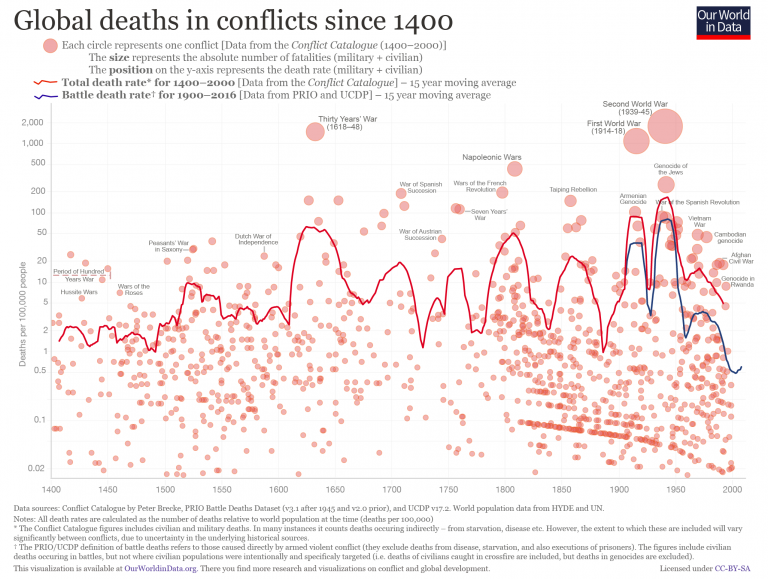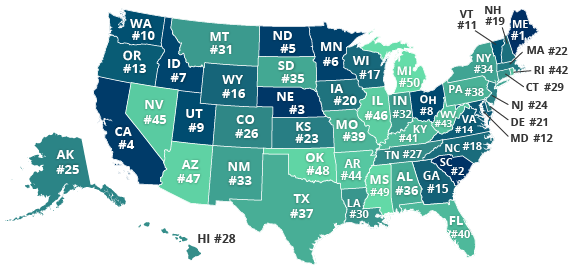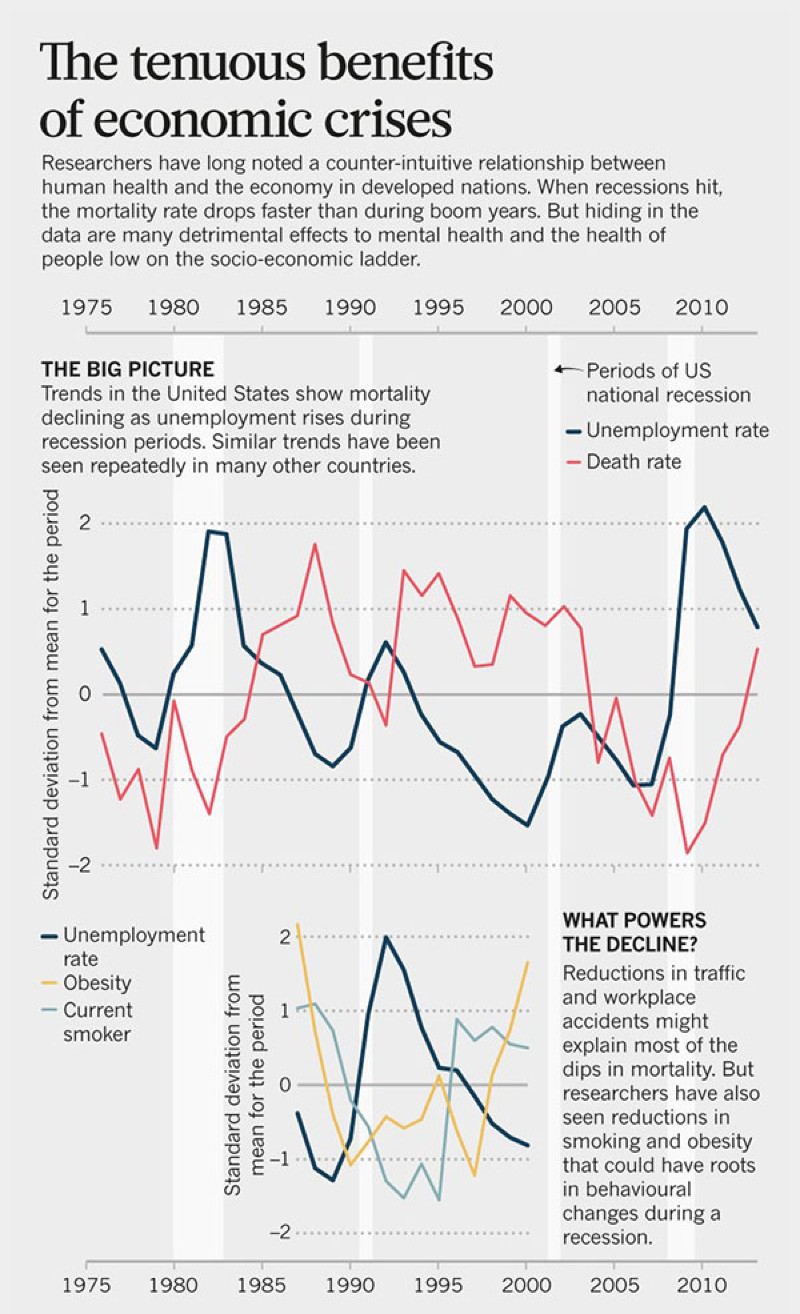If you’re constantly frustrated with the drivers you share the streets with, you’re not alone. And there may be some truth to your road rage. Car crashes are a
leading cause of death in the US and were expected to cause around 40,000 deaths by the end of 2018.
To put it plainly, America's roads are dangerous. Texting behind the wheel is a major reason for many traffic fatalities, and it’s only getting worse. In 2016,
3,450 people were killed by distracted driving. Plus, cheap gas and a strong economy means
America’s 222 million licensed drivers are driving
more than ever. More people on the road leads to more accidents and citations.
Regardless of the risks on the road, you have to get to around somehow! Every state has their share of bad drivers, but some are worse than others. See how your state stacks up against the rest.
Rankings
We ranked all states from worst to best based on the methodology outlined at the end of the article. The top states on the list have the worst drivers, whereas the last states on the list have the best.
- Maine
- South Carolina
- Nebraska
- California
- North Dakota
- Minnesota
- Idaho
- Ohio
- Utah
- Washington
- Vermont
- Maryland
- Oregon
- Virginia
- Georgia
- Wyoming
- Wisconsin
- North Carolina
- New Hampshire
- Iowa
- Delaware
- Massachusetts
- Kansas
- New Jersey
- Alaska
- Colorado
- Tennessee
- Hawaii
- Connecticut
- Louisiana
- Montana
- Indiana
- New Mexico
- New York
- South Dakota
- Alabama
- Texas
- Pennsylvania
- Missouri
- Florida
- Kentucky
- Rhode Island
- West Virginia
- Arkansas
- Nevada
- Illinois
- Arizona
- Oklahoma
- Mississippi
- Michigan
The Worst
- Maine: The Pine Tree State has a reputation for lobster rolls and lighthouses. But you’ll find more than ocean views on Maine’s rocky coastline roads – the state is also home to the country’s worst drivers. A drastic rise in traffic citations and fatalities are to blame for Maine’s jump from seventh worst last year to the absolute bottom of the bunch this year. But don’t just take our word for it. According to Maine.gov, there was an increase of more than 1,500 car crashes from 2016 to 2017.
- South Carolina: South Carolinians love the simple things in life, like cracking a cold one at the beach. The problem? It seems they're too quick to get behind the wheel after having a few too many. Nearly half of all fatal crashes in SC result from drunk driving. Drivers can blame an increase in DUIs for the jump from last year’s rank as the fourth worst drivers to the second worst drivers this year.
- Nebraska: This Midwestern state climbed from sixth worst in 2017 to third worst this year. That jump is thanks to a rise in speeding and traffic citations. Nebraskans may be used to driving infamy, as our study of the best and worst drivers by city found that Omaha has the worst drivers in the country. But it appears that the rest of the state isn’t much better on the road. Statewide traffic fatalities rose an average of five percent from 2016 to 2017.
The Best
- Michigan: Congrats, Michigan, you’re number one! If you want a stress-free road trip, pack your bags and head to the Great Lakes State. Drivers earn the gold medal thanks to less citations, speeding, and fatalities than last year. There’s one catch – our study only accounts for insured drivers, and this state has plenty of rule breakers. Although Michigan’s insured drivers are the best in the country, one in five don't have car insurance. Oops!
- Mississippi: Known for its long name and even longer river, now it has another claim to fame –America’s second-best drivers! That title was earned thanks to low speeding, DUI, citation, and fatal crash rates. The state jumped from third best last year to second best this year. But Mississippi still has a problem with buckling up, as half of the state's fatal car crashes involve unbuckled seatbelts. Even though Mississippi has proven to be full of competent drivers, stay buckled!
- Oklahoma: From rolling hills to vast prairies, Oklahoma has it all. It also has some of the safest drivers in the country. The Sooner State made a big leap, going from 11th best in 2017 to third best in 2018. That’s because of a decrease in speeding, citations, and fatalities. We’re not that surprised, though, Tulsa rang in at seventh best in our study of the best and worst drivers by city.
Who’s Better on the Road- Republicans or Democrats?
The US has been politically polarized for a long time. But after the 2016 presidential elections and the 2018 midterms, there’s
a rising divide between Democrats and Republicans. We took it upon ourselves to settle the score by determining which political party is better behind the wheel.
So, which is it- red or blue? The final score is a bit of a tossup. Considering two-thirds of the best driving states are historically red, and the worst driving state is blue, it looks like red takes the lead. But, the second and third worst driving states are conservative strongholds. So, we’re calling it a tie. Maybe we should take it to the electoral college?
How Bad Driving Affects Your Car Insurance Rates
Whether you live among the best or the worst drivers in the country, you still need a strong auto insurance policy. Especially if you live in Maine, South Carolina, Nebraska, California, North Dakota, or one of America’s worst driving states.
Your rates depend in part on how well the people around you can drive. Why? Because the more bad drivers there are on the road, the higher the chance of a collision. Even if you’re a fantastic driver, living in a state full of speed demons or reckless traffic weavers can cause your rates to skyrocket.
Car insurance companies look at your zip code to determine your prices. And if your zip code has a propensity for poor driving, you’ll pay more for coverage.
How can you keep your prices low if you’re surrounded by terrible drivers? You can do everything from bundling your insurance plans to shopping around different insurance companies and
comparing auto insurance quotes.
What if you’re part of the problem? Chances are, you have a couple points on your license from past tickets or accidents. And
car insurance for bad drivers always cost more. A bad driver’s best option is to look for
affordable high-risk car insurance. That way, you’ll be able to stay on the road while those points to come off your record.
Study Methodology
We sampled incident data (with more than two million data points) from the users of our website and juxtaposed it to
Federal Highway Administration fatality data. To quantify overall driver standards for comparison, we weighted various incident totals for each state with its occurrence percentage. The rankings are a sum of weighted means calculated from these incidents:








